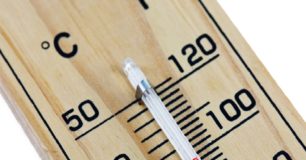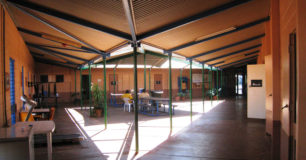Background
It is critical that acceptable temperatures are maintained in a custodial environment. Prisoners are an ‘at-risk’ group for temperature related illnesses due in part to their poorer health outcomes: One-third of prisoners report having a chronic health condition; 59 per cent of adult prisoners and 65 per cent of juvenile detainees are affected by mental …
Read moreConclusion
Some older Departmental facilities are ill-equipped to tolerate the temperature conditions of today and are unlikely to cope with any increase in temperature extremes due to climate change. The conditions experienced at older facilities such as Roebourne and Bandyup present a stark contrast to newer facilities such as West Kimberley Regional Prison, which commendably has …
Read moreKey Findings
Temperatures attained in some prison cells in Western Australia exposed prisoners to dangerous conditions (Read more) Summer temperatures presented the most acute risk to prisoner health. Dongas were inefficient at moderating temperatures (Read more) The provision of air-conditioning in Departmental facilities was inconsistent and poorly correlated with risk (Read more) The Department lacked adequate policies, …
Read moreRecommendations
Document acceptable temperature ranges for each prison. Implement mechanisms for assessing cell temperatures in every prison, at least during the hottest and coldest months. Develop and implement a state plan for addressing the risk of temperature extremes across the custodial estate. Provide air-conditioning in all prison cells where acceptable temperatures cannot be maintained using cheaper …
Read more





